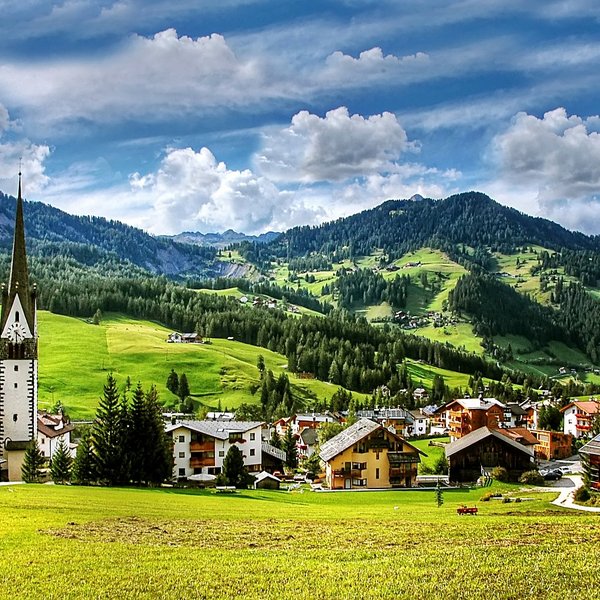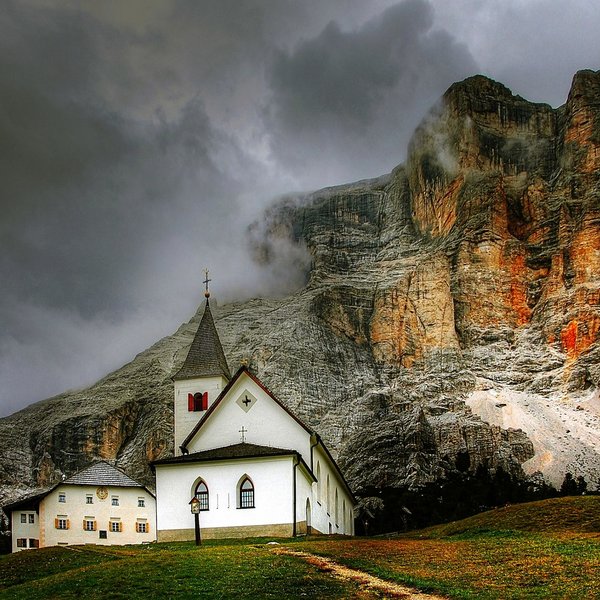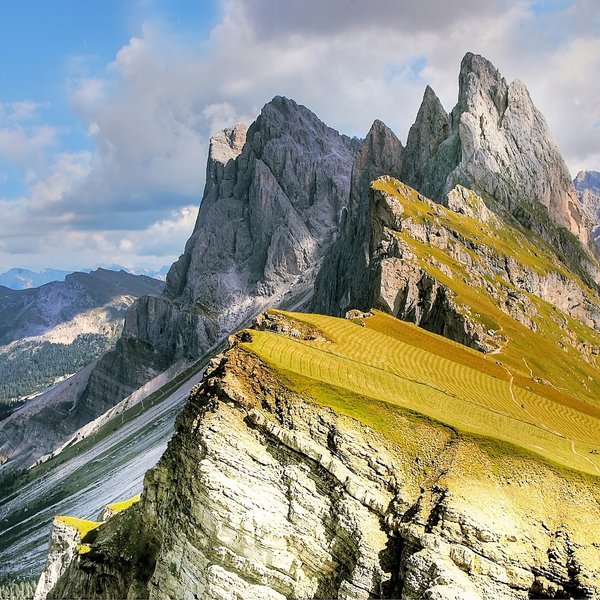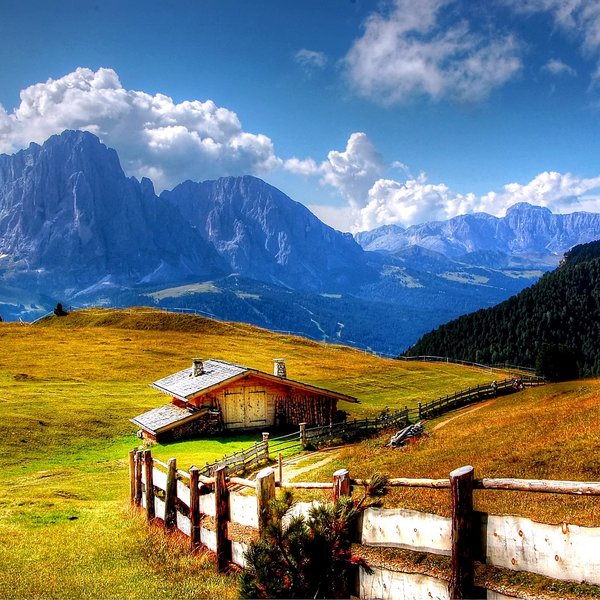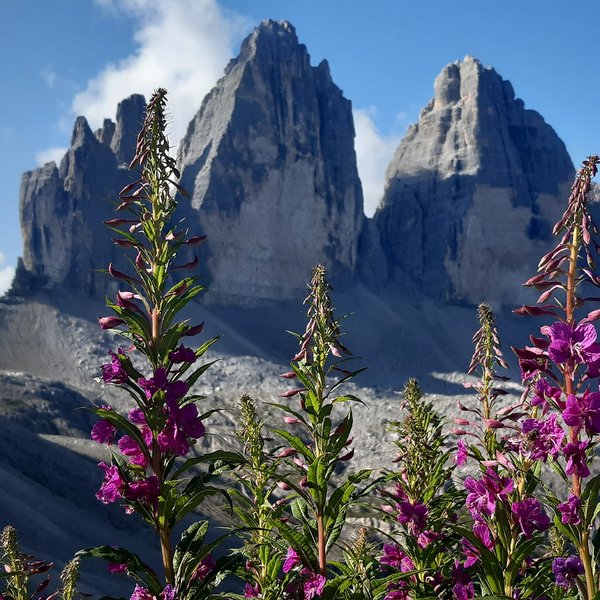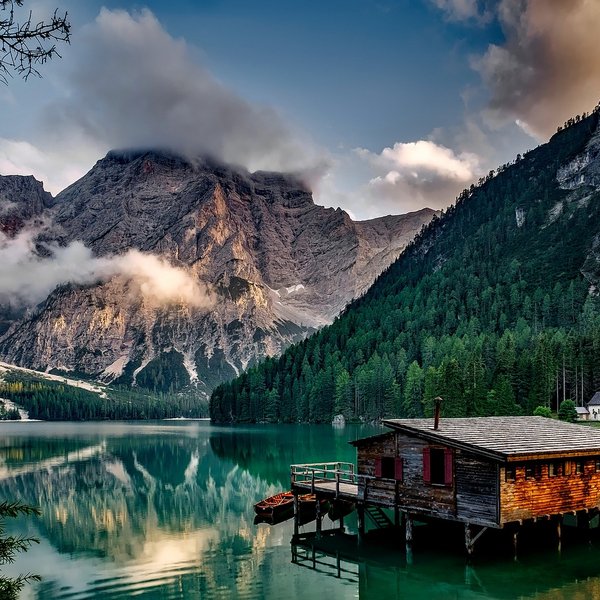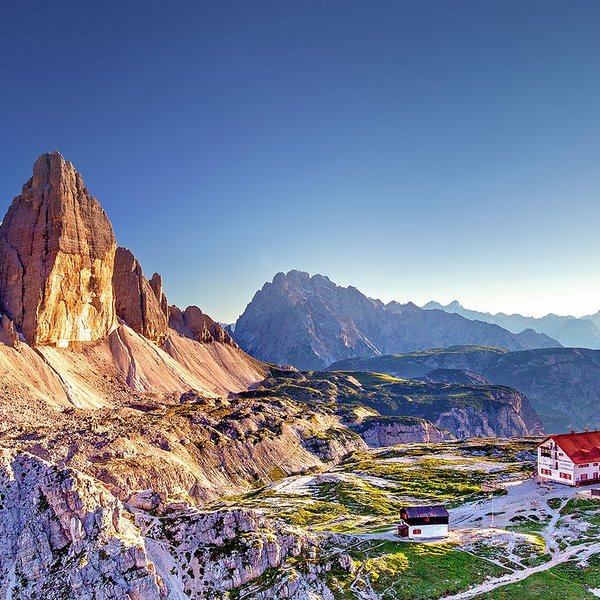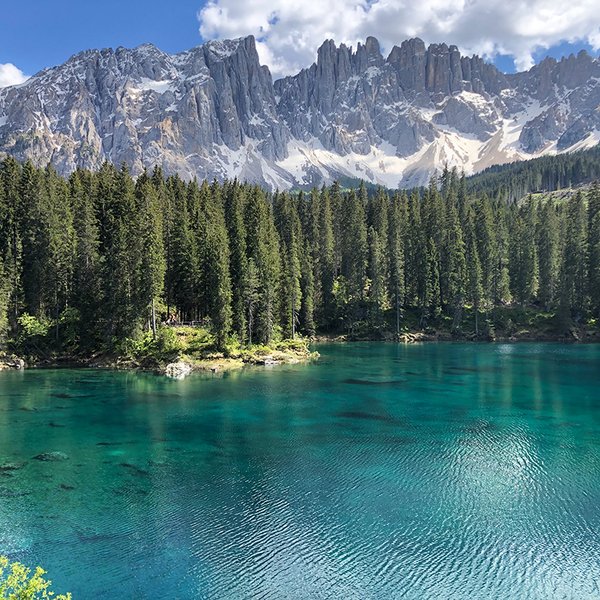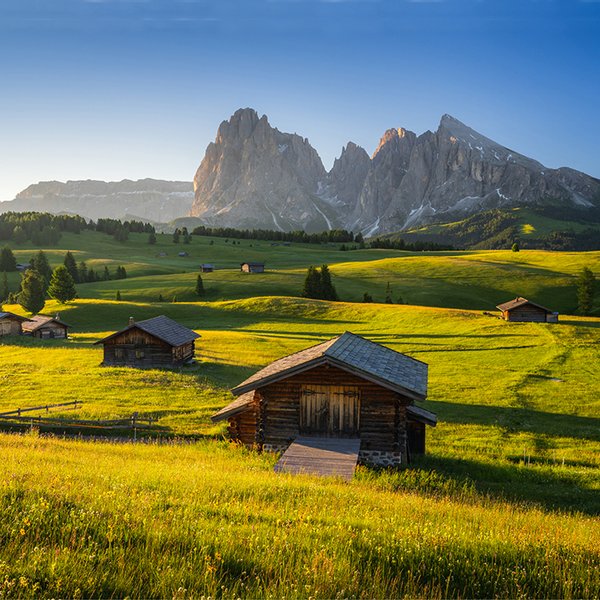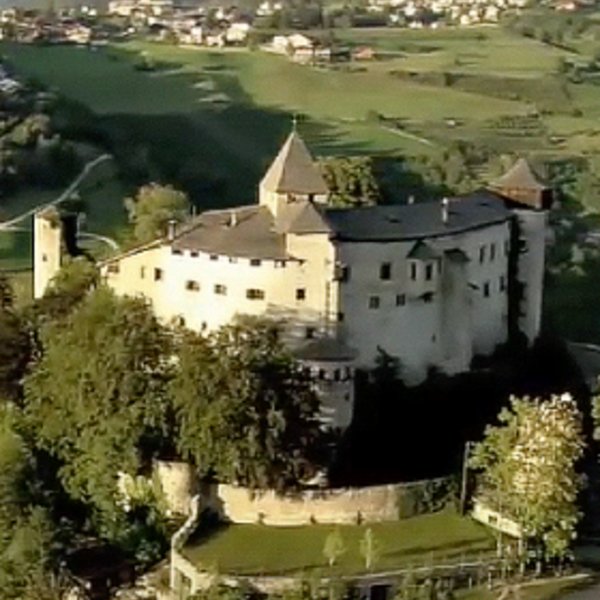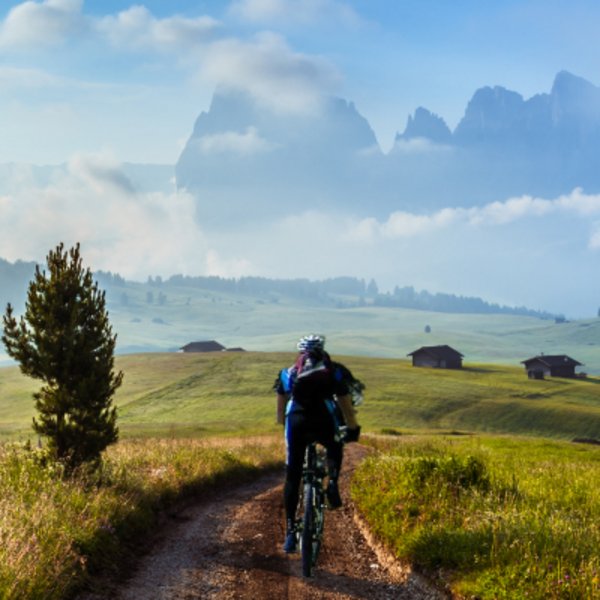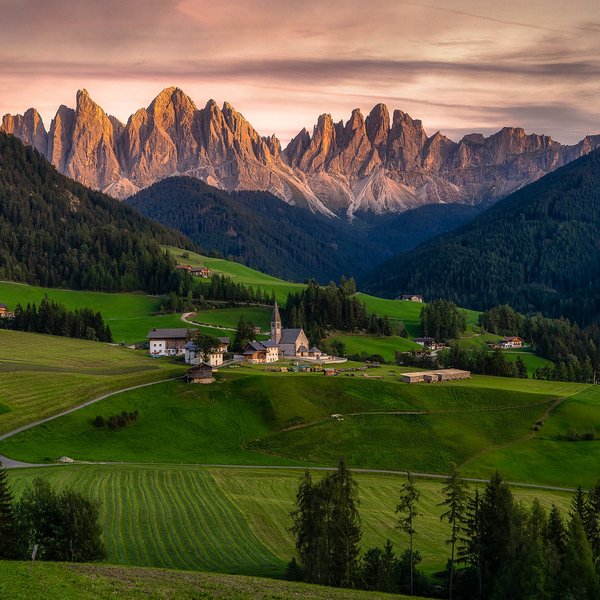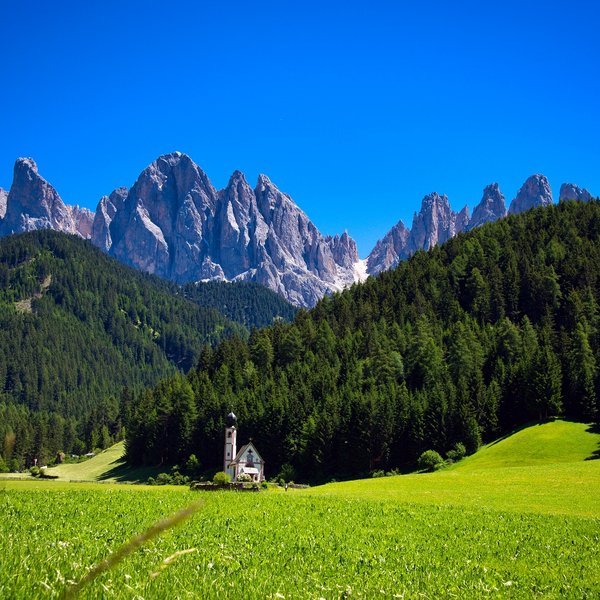
Experience the mountains up close: Climbing and via ferrata in the Dolomites
If you want to experience the Dolomites in an extraordinary way and for whom adrenalin in the stomach is the best feeling, you should not miss the chance of climbing or a whole climbing holiday in the Dolomites! Climbing up a mountain of the Dolomites secured with steel ropes, the UNESCo World Heritage Site offers a magnificent view. The most beautiful climbing routes and via ferratas in South Tyrol are in the Dolomites. But one thing must be said: The rock faces of the Dolomites are a completely different challenge than usual climbing areas with gentle slopes, good grip and short routes. Nevertheless, the impressive mountains also have something in store for beginners. Either way, the Dolomites are simply made to be discovered in a courageous way. Climbing in South Tyrol is an experience from the Sesto Dolomites to the Val d'Ega or the largest high alpine pasture in Europe, the Alpe di Siusi.
Via Ferrata in the Dolomites for beginners
Not only full professionals get their money's worth in the Dolomites: beginners can also climb to their heart's content. Three particularly beautiful via ferratas for beginners:
Hexenstein, Südkante
The southern edge of the Hexenstein is an exciting, yet rather easy introduction to mountain climbing. The mountain in the province of Belluno has rough, solid rock with an almost endless number of holds and pitons. A safe ascent of about 2 hours awaits you. The breathtaking green hilly landscape of the Dolomites spreads out below you. Because the route faces south, the morning or early evening is the most pleasant time for a climb in summer. And at those times of day you also have a good chance of having the via ferrata to yourself.
Rotwand via ferrata
The Rotwand via ferrata in Eggental is best suited for beginners. A great scenery awaits you, the rugged and jagged mountain panorama is unique. The tour consists of several ascents. First, you climb up the via ferrata from the Vajolon Pass and make your way to the Rotwand summit. From there, you can either turn back or descend over the meadow ridge to a short steep step to the saddle between Rotwand and Masarékamm. The via ferrata itself takes about one and a half hours.
Averau, south-west face
Monte Averau in Belluno is one of the higher mountains of the Nuvolaugroup in the Dolomites. Nevertheless, beginners can climb the southwest face of the mountain. Although the wall is steep, the rock is very firm and offers many possibilities to climb safely and easily to the top. The view during the climb is simply unbelievably beautiful: the red rock directly in front of and above you, green meadows below you. The via ferrata on the Averau takes about 3 hours (ascent and descent are added).
Via ferrata for advanced climbers in the Dolomites
If you already have climbing experience and want to tackle challenging via ferratas in the Dolomites, you should take a closer look at these three:
Maximiliansteig, Seiser Alm
The Maximiliansteig in the Alpe di Siusi is ideal for a nice day tour. You should plan about 8 hours for the whole route with ascent and descent. The climbing itself is limited to difficulty levels A/B, but the entire circuit should not be underestimated in terms of physical condition due to its length. The via ferrata is a connection between the Großer Rosszahn and the Roterdspitze and is located directly above the Tierser Alpl Hütte. Once you have reached the top, you have a wonderful panoramic view of the Dolomite mountains.
Via Ferrata Mario Zandonella
The Via Ferrata Mario Zandonella on the Sesto Croda Rossa in the Sesto Dolomites should not be underestimated: Especially due to the steep walls and ledge traverses, you need an uncompromising head for heights for this one. Surrounded by the jagged mountain scenery, the via ferrata on the south side runs in two tracks: the south-only route is marked with difficulty level C/D, the southeast route with D. Like many Dolomite via ferrata routes, these variants often run along old ribbons of the war via ferrata from the First World War. You should plan 8 hours for the entire route.
Westgrat-Klettersteig, Marmolada
At lofty heights, the 800-metre-high south face of the Marmolada leads experienced climbers to the highest Dolomite peak. You climb up to 3,343 metres here. Although this via ferrata is described as well-balanced, you should still be aware of its high-alpine location. Alternatively, you can descend via the glacier. This variant is described as difficulty level C.
Climbing courses in the Dolomites
For anyone who wants to start climbing, a climbing course in the Dolomites is recommended. But even experienced climbers and professionals never stop learning and can improve their skills with a climbing course. Courses are offered by many different mountain schools. A mountain guide slowly introduces you to rock climbing in beginner courses. It is the perfect way to discover a new sport for yourself. Children in particular can start climbing in a playful way and are safely guided by an expert. Another advantage of guided climbing tours and courses is that the necessary climbing equipment is provided.
Experienced climbers can hone their techniques through a guided course and of course benefit from their expertise when touring together with mountain guides. The mountain guides know the pitfalls and challenges of the various via ferratas and thus make it easier to conquer the mountain safely.

